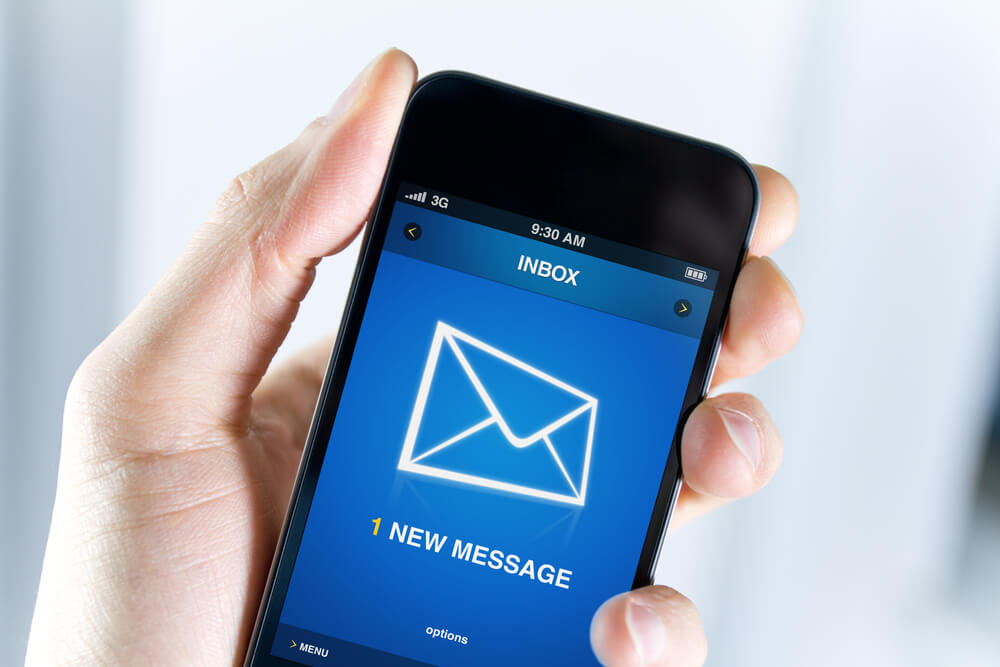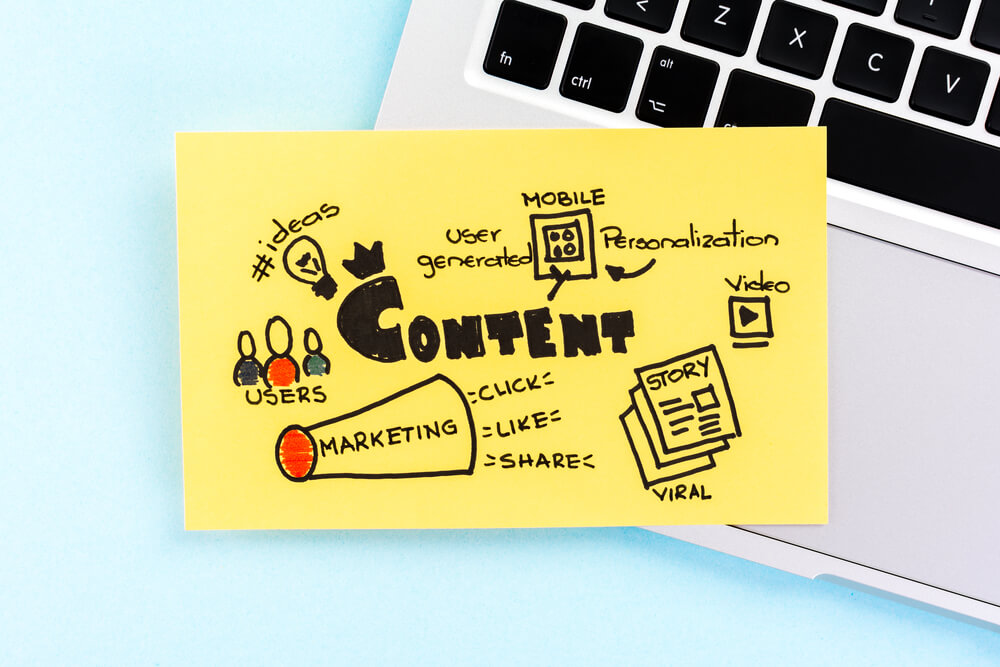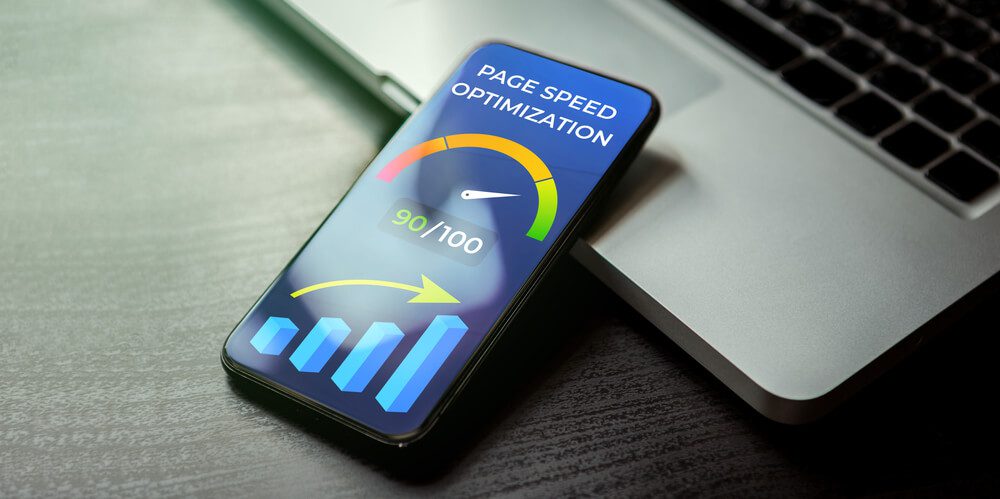
Harness Mobile Optimization To Gain More B2B Email Power Now
As more people use their mobile devices for communication, B2B email marketing needs to optimize strategies for smaller screens.
This guide lists the top strategies for enhancing the effectiveness of B2B emails on mobile platforms:
- Responsive email design.
- Concise and compelling content.
- Clear and visible calls to action (CTAs).
- Testing across multiple devices and platforms.
- Streamlined subject lines and preheaders.
- Optimization of loading times.
Learn how to optimize B2B emails for mobile to broaden your audience, increase engagement, and boost conversion. Let’s go!
Tired of investing in Search Engine Optimization without getting any results? See how Digital Authority Partners turns that around!
1. Adopt a Responsive Email Design
A responsive email design makes the content accessible and visually appealing across various devices. It automatically adjusts to fit the screen, enhancing readability and user experience. Prioritizing a responsive design also effectively reaches and engages the audience and promotes more consistent branding.
Here are techniques to make emails look impressive on any device:
- Implement fluid layouts that use relative units, such as percentages instead of fixed pixels, to allow content to adapt and resize based on the screen size.
- Use scalable images that adjust to different screen resolutions without sacrificing clarity.
- Create mobile-friendly email templates.
- Choose single-column email layouts.
- Design CTA buttons to be large and easily tappable on touchscreens.
Using adaptable designs and layouts maximizes the impact of email campaigns, especially on mobile, and maintains effective communication.
2. Create Concise and Compelling Content

One of the ways to avoid email marketing mistakes is to write content for mobile. Concise and compelling content is vital in B2B campaigns because mobile users prioritize brevity and clarity, because they quickly scan content.
Such types of content also effectively communicate essential selling points, enhance the user experience, and increase the likelihood of mobile users engaging with the email’s CTA.
Develop engaging, concise, and effective content with these tips:
- Use a clear and compelling subject line that conveys the email’s primary message.
- Open the email with a strong introduction that immediately communicates the message.
- Break the content into easily digestible sections with clear headings. Use bullet points or numbered lists to present information in a scannable format.
- Incorporate visuals such as images, infographics, or icons to complement the text and visually convey information.
- Provide one message per email to avoid overwhelming the reader with too much information.
3. Use Clear and Visible Calls to Action (CTAs)
Clear, visible, and easily clickable CTAs motivate users to take the desired actions despite the brief interaction. Visually distinct, well-designed buttons with legible text enhance user experience and encourage engagement. In addition, they reduce conversion barriers such as misplacements and vague value propositions, offers, and directions.
Enhance CTA visibility with these strategies:
- Position the CTA prominently within the initial view of the email, preferably near the top or within the first few scrolls.
- Optimize the button’s size for easy tapping or clicking. Aim for at least 44x44 pixels.
- Use contrasting colors to make it stand out against the background.
- Craft clear, concise text that conveys the action users should take.
- Keep the text brief and legible so users can quickly grasp the CTA’s purpose.
- Incorporate ample whitespace around the CTA to enhance visibility and prevent visual clutter.
- Make the button responsive to different screen sizes and orientations.
- Test the CTA on various devices to confirm its visibility and functionality.
4. Test across Multiple Devices and Platforms

Testing emails across various mobile devices and platforms optimizes the user experience and sustains consistent branding. The diversity of devices and email platforms also demands thorough testing to address potential rendering issues.
Businesses also benefit from testing because it verifies the responsiveness of the designs, content readability, and functionality of CTAs on different screen sizes. A meticulous approach to design prevents complications and makes emails appear professional and engaging.
These are standard B2B email marketing tools and techniques for testing:
- Email testing in email service providers (ESPs): Leverage the built-in features within ESPs for previewing and testing emails across different devices and clients.
- BrowserStack: Employ BrowserStack to experiment with emails on real devices and browsers. This enables cross-browser and cross-device testing to identify functionality or layout issues.
- Preview in device simulators: Use device simulators in development tools such as those of Chrome and Safari to identify rendering problems. These emulate the display of emails on various devices.
- Real device testing: Although simulators and tools are valuable, testing on real devices provides the most authentic representation of how emails appear and function. Experiment with emails using various devices with different screen sizes and operating systems.
Combine these tools and methods to conduct comprehensive mobile testing. Then, optimize the emails based on insights and feedback to deliver a consistent and positive experience across various devices and platforms.
5. Include Streamlined Subject Lines and Preheaders
Crafting short yet impactful subject lines and preheaders is critical for mobile email success in B2B marketing. With limited screen space, brevity is crucial in capturing a mobile user’s attention.
Effective subject lines immediately spark curiosity, convey the email’s message, and emphasize value. On the other hand, preheaders add context with a cohesive and compelling preview that entices users to open the email.
Consider these methods to catch readers’ attention through subject lines and preheaders:
- Keep subject lines and preheaders brief, focusing on clearly conveying the critical message.
- Clearly articulate the value proposition in limited characters.
- Use language that instills a sense of urgency or curiosity to prompt readers to open the email to discover more.
- Use the recipient’s name or tailor content to grab attention.
- Conduct A/B testing on different subject lines and preheaders to determine what resonates best with the audience.
Keep in mind the mobile user experience when crafting subject lines and preheaders. The best emails are easily readable on smaller screens, avoid lengthy sentences, and are optimized for scanning.
6. Optimize Loading Times

Optimizing emails for quick loading is essential because mobile users expect to immediately read their emails. Slow-loading content is frustrating, potentially decreasing engagement and increasing abandonment.
These are the best ways to optimize the loading times of mobile emails:
- Compress images before embedding them in emails. Use tools that reduce the file size without compromising quality.
- Streamline HTML and CSS coding to reduce unnecessary elements. Minimize the use of intricate designs or heavy styling.
- Resize images to the actual dimensions needed within the email layout. Choose the appropriate file format (JPEG, PNG, GIF) based on the image content type.
- Use web-safe fonts instead of embedding custom fonts in emails, as these are more universally supported.
- Restrict the use of animated elements or GIFs because they significantly increase file sizes.
- Select text-based CTAs instead of image-based buttons to maintain a professional appearance while reducing the email size.
Launch efficient and lightweight email campaigns with these strategies. They help you load content quickly and enhance the recipient’s mobile experience.
Summing Up
Marketing toward mobile users expands your audience and maximizes returns. Optimize B2B emails for mobile devices by prioritizing concise content, using clear CTAs, and implementing a responsive design for seamless adaptability across screen sizes.
Test emails on various devices and platforms to address potential issues and provide a positive user experience. Aspire to stay relevant and build a consistent brand from websites to small screens.
How can continuous advancements in mobile technology further enhance your B2B email campaigns? Contact Digital Authority Partners (DAP), an award-winning B2B email marketing agency, for the best advice and strategy.
Want To Meet Our Expert Team?
Book a meeting directly here




